Mastitis
BLOCKED DUCTS & MASTITIS
At BP&H, our aim is to provide support to you during this time to ensure you can continue to breast-feed your baby, or to assist you to wean your baby from breast-feeding.
What is blocked ducts and Mastitis?
Ducts carry the milk from deep in the breast to the nipple openings. Sometimes these ducts can become blocked. Milk builds up behind the blockage, a lump forms and your breast begins to feel sore. Your breast may become engorged in one area and might also look red.
Mastitis is an inflammation of the breast that can lead to infection. You may feel like you have flu-like symptoms (hot & cold with body aches).
Therapeutic Ultrasound from the Physiotherapist has been found to be very effective in reducing pain, inflammation and improving milk flow and can often help prevent a blocked duct from progressing into mastitis, or help you recover from mastitis more quickly.
Here at BP&H we have therapeutic Ultrasound & trained physiotherapists to assist you in treating your blocked ducts & mastitis.
Common causes
- Poor attachment to the breast
- Nipple damage
- A long break between breastfeeds
- Breasts which are too full
- Stopping breastfeeding too quickly
- Overly tight bra
- Trauma to the breast tissue
Signs and symptoms
- A red, sore area on the breast.
- You may feel like you have the flu – feeling hot and cold with aching joints.
Treatment
It is important to start treatment at the first signs of a blocked duct or mastitis. Therapeutic Ultrasound from the Physiotherapist has been found to be very effective in reducing pain, inflammation and improving milk flow and can often help prevent a blocked duct from progressing into mastitis, or help you recover from mastitis more quickly.
Your breast milk is safe for your baby even if you have mastitis, so continue to breastfeed or express from the affected breast until it feels more comfortable.
If you have noticed your milk supply has dropped from the affected breast, place a heat pack or warm cloths on the sore area before feeding or expressing to help with your milk flow. If your milk is flowing easily then warm packs are not needed.
After feeding/expressing, place a cool pack, such as a packet of frozen peas wrapped in a cloth or a cold face washer, on the breast for approximately 10-15 minutes to reduce discomfort. Cold cabbage leaves can also be effective.
Speak to your pharmacist if required, however panadol is safe to take whilst breastfeeding and can help ease your symptoms. Likewise, ibuprofen, (voltaren, n.urofen – just over the counter) anti -inflammatories can help ease the symptoms of mastitis & blocked ducts. As much as we don’t want to take medications, sometimes there is a time & place for such interventions – especially if it is affecting your health & your ability to feed your baby.
Avoid wearing a bra if it is uncomfortable – substitute for a firm fitting singlet for gentle support without pressure.
Gently massage (like you are patting a cat) any breast lumps upwards towards your armpit to promote lymphatic drainage – the shower is a great place to do this.
Rest as much as possible. You need to rest to allow your body to heal. Ask your partner, family or friends for help with household tasks.
Good nutrition helps the body to heal.
If you don’t start to feel better after a few hours, you should see a doctor as soon as you can – you may need a course of antibiotics. When making the appointment tell the clinic you think you have mastitis.
You can purchase heat & ice packs for the breast (such websites as SRC Health & Body Ice), using frozen peas and a warm face washer do also work- remember heat before, ice after.
Reference: The Royal Women’s Hospital
Australian Breastfeeding Association
SRC Health
Body Ice


